
Descend Into the Heavenly Pit: Exploring Xiaozhai Tiankeng, the World’s Deepest Sinkhole
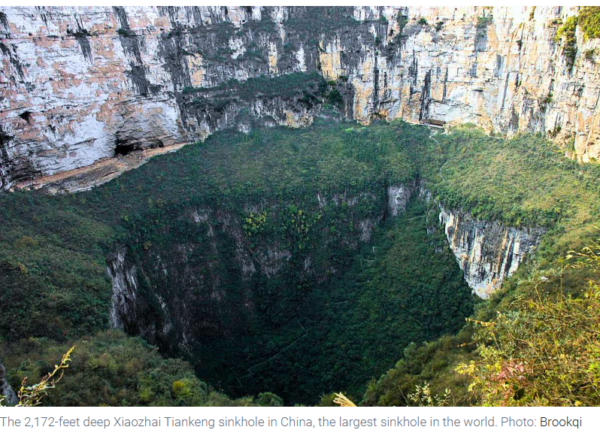

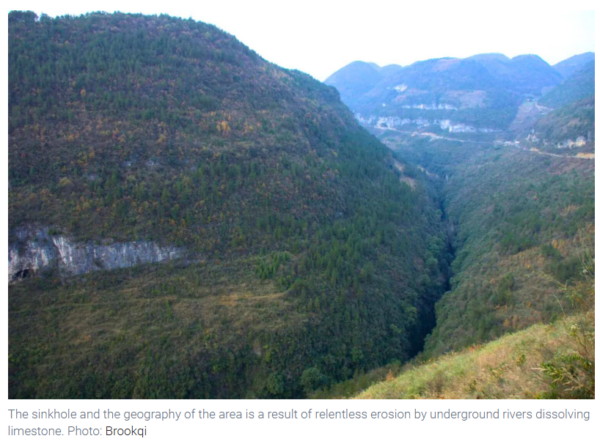
We’ve previously written about an astonishing newly discovered sinkhole in China that revealed a primeval ‘lost world’ hidden beneath the surface. But this next geological wonder takes the concept to a completely new level—literally and figuratively.
Welcome to Xiaozhai Tiankeng, also known as the Heavenly Pit—the world’s deepest sinkhole. Nestled in Fengjie County, in China’s Chongqing Municipality, this jaw-dropping natural formation plunges an astonishing 2,172 feet (662 meters) straight down into the Earth’s crust. To put that into perspective, that’s deep enough to swallow the Empire State Building with room to spare.
A Hidden Wonder Revealed
For centuries, Xiaozhai Tiankeng remained cloaked in mystery. While local villagers may have known of its existence, it wasn’t until a team of British explorers stumbled upon it during an expedition in 1994 that the sinkhole came to the attention of the global scientific community.
What makes this sinkhole even more remarkable is how it was formed. Over millions of years, underground rivers carved their way through the region’s limestone bedrock, slowly dissolving it and creating vast caverns below. Eventually, the surface collapsed, revealing the massive void we see today—a stunning example of karst topography at its most extreme.
An Isolated Ecosystem
But the Xiaozhai Tiankeng is far more than just a giant hole in the ground. It contains an entirely unique microclimate, complete with its own weather patterns, misty clouds, and lush, thriving vegetation. Scientists have documented 1,285 species of plants, including ancient trees like the ginkgo, growing along its walls and floor.
Even more fascinating is the wildlife. Rare and endangered species such as the elusive clouded leopard and the Chinese giant salamander—one of the world’s largest amphibians—have been found in this secluded environment. Because of its remote and relatively untouched nature, researchers believe the sinkhole could harbor species never before recorded by science, making it a living laboratory for biological and ecological discoveries.
A Journey Into the Depths
Visiting the Xiaozhai Tiankeng is not for the faint of heart. The descent into the sinkhole can take up to 4 hours, requiring a physically demanding trek along steep and uneven terrain. The return trip is equally challenging, if not more so. Fortunately, there’s a 2,800-step staircase built into the rock, offering some assistance for adventurers willing to make the journey.
Proper gear, stamina, and sometimes a guide are highly recommended. The extreme depth and isolation mean conditions can change rapidly, and the environment inside is often cooler and more humid than the surrounding areas—another quirk of its microclimate.
The Living Sinkhole
What truly sets the Xiaozhai Tiankeng apart is its scale and continued evolution. Deep beneath its floor, an underground river still flows, contributing to the ongoing formation of the sinkhole. Experts believe that this subterranean water system could lead to further collapses over time, slowly reshaping the landscape even more.
Standing at the bottom of this vast natural cathedral, surrounded by towering walls of stone, mist-shrouded trees, and the sounds of hidden wildlife, is like stepping into another world—a forgotten world untouched by modern civilization.
Want to See It for Yourself?
Curious to know what it feels like to descend into the planet’s deepest sinkhole? The BBC Reel has produced a short but stunning video offering an inside look at Xiaozhai Tiankeng, capturing its breathtaking scale and mysterious beauty. It's a must-watch for anyone fascinated by the natural wonders of our world.
News in the same category


Think Bottled Water Is Safer Think Again

5 Early Warning Signs of Cervical Cancer That 90% of Women Overlook
Cervical cancer is not a silent killer—it sends out warnings. The challenge is whether women notice and act on them in time.
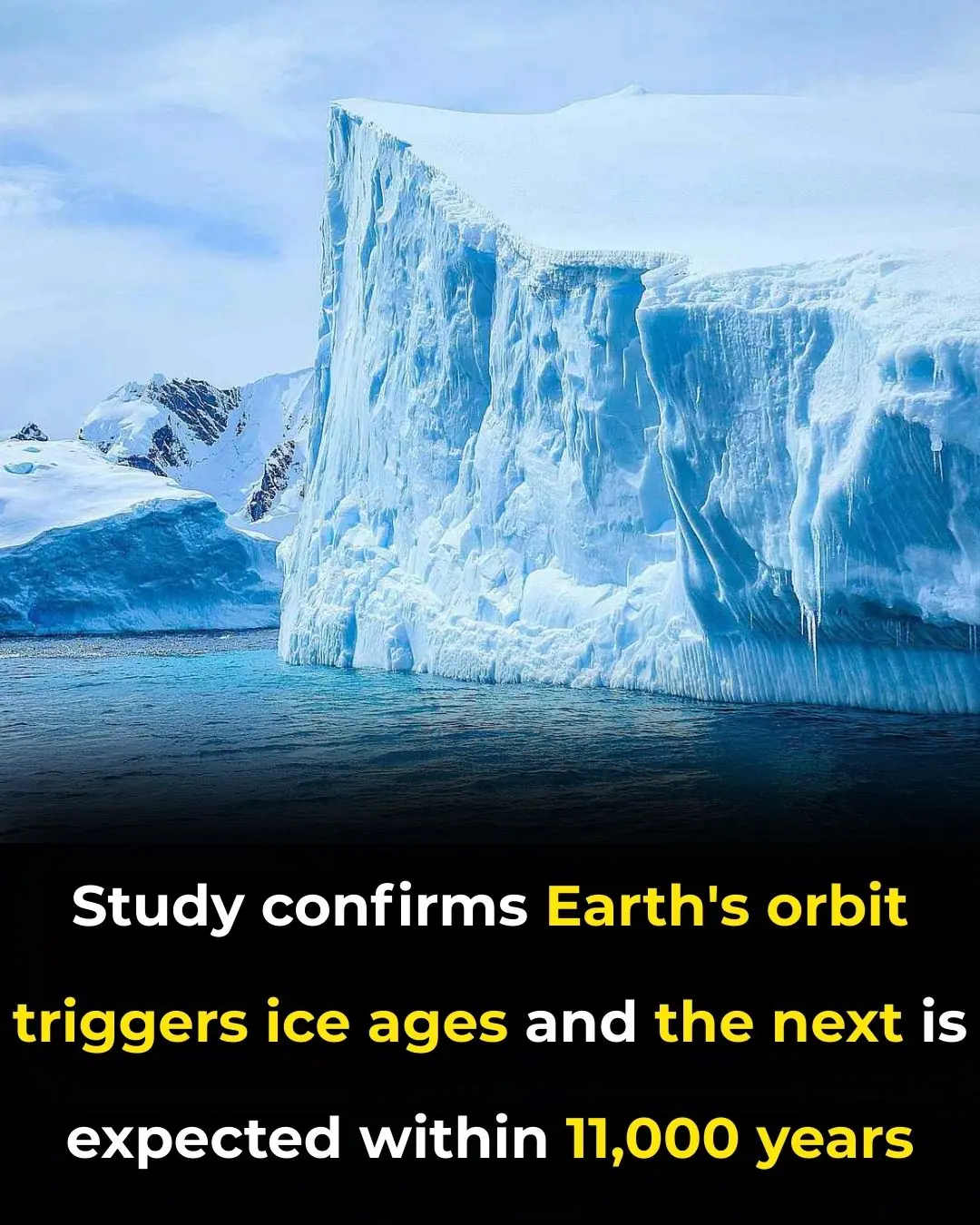
Study Reveals How Earth’s Orbit Triggers Ice Ages, And There’s One in The Next 11,000 Years
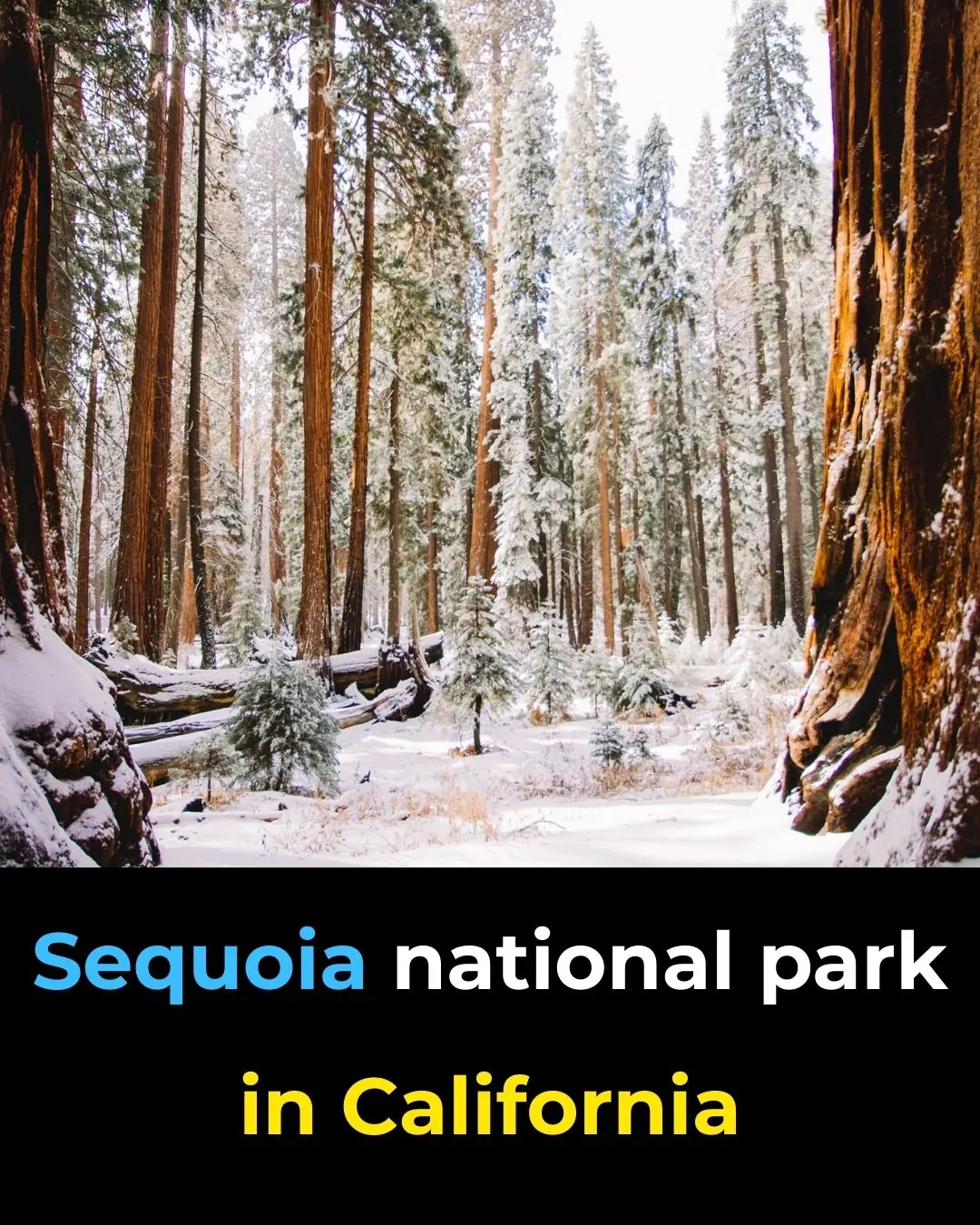
This 3,200-Year-Old Tree Is So Big, It’s Never Been Captured In A Single Photograph…

Travel Coast-to-Coast by Train and See America’s Greatest Sites For Just Over $200
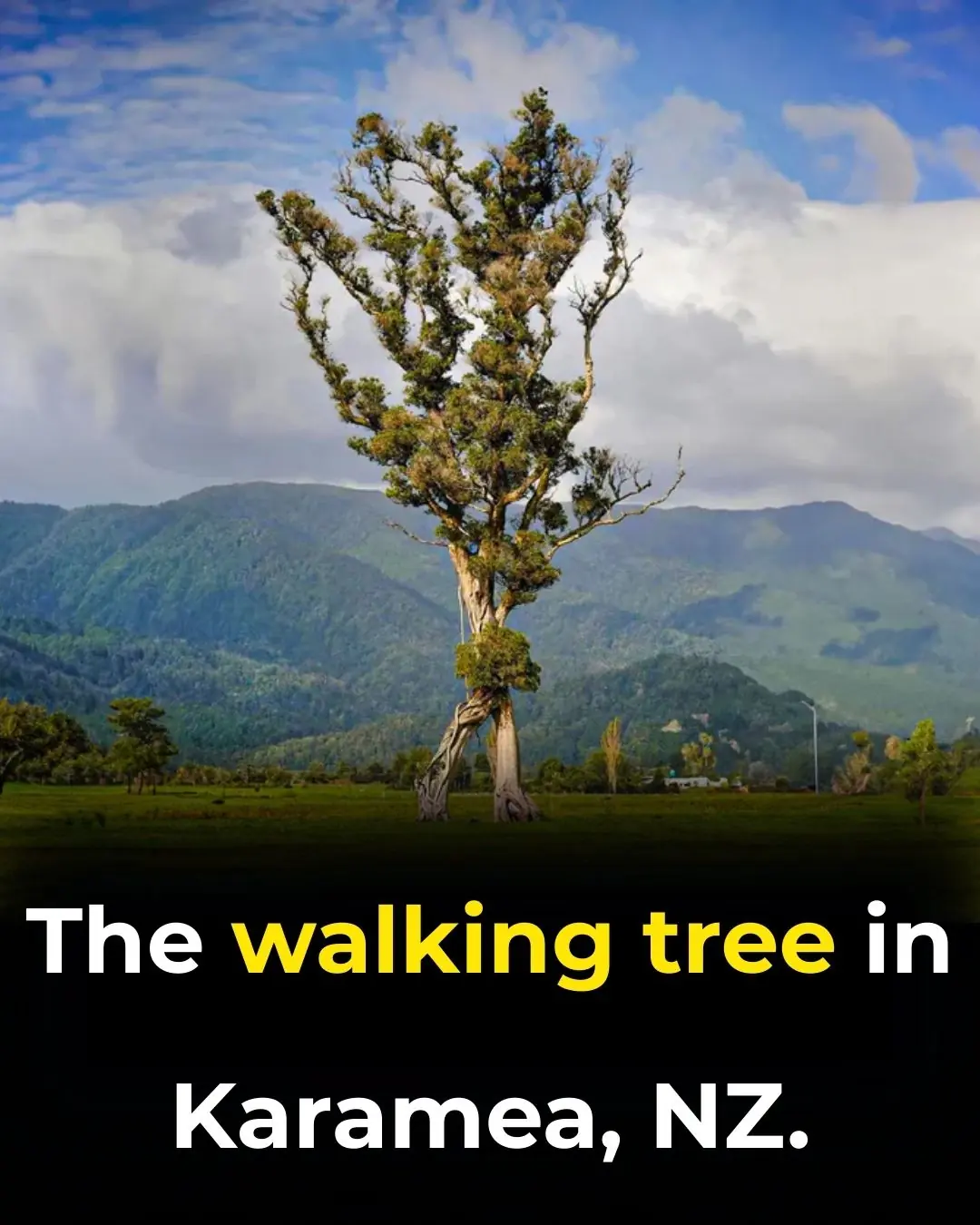
The Walking Trees of Ecuador: They Reportedly Move Up to 20 Meters Per Year
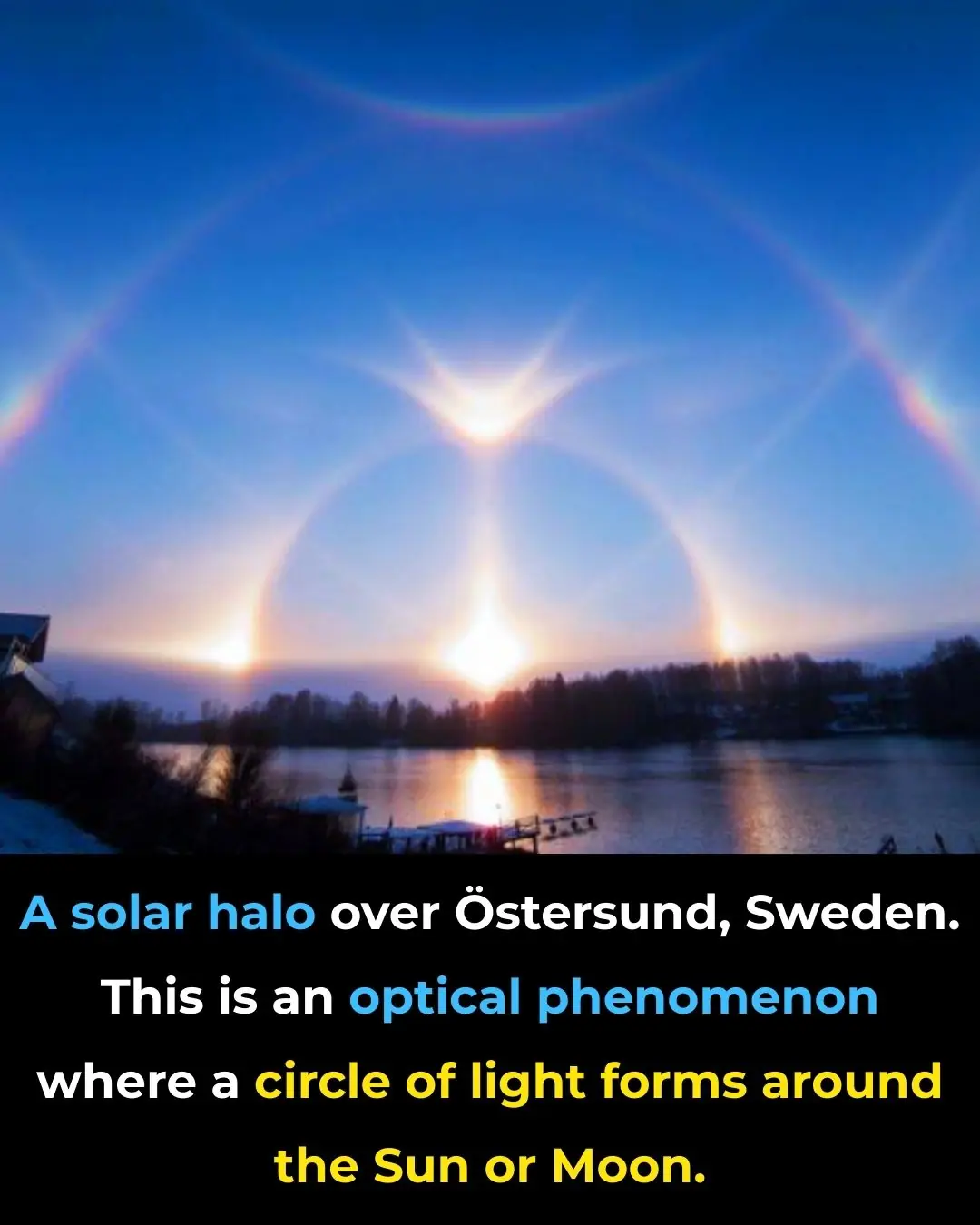
How to See Halos, Sun Dogs and Other Delights of the Daytime Sky

When someone in the family passes away, you should know that you should not keep these 4 relics for your children and grandchildren.

Student dies by suicide after undergoing a beard transplant in Turkey from an ‘estate agent posing as a surgeon’

The Sun Begins Killing off Elon Musk’s Starlink Satellites as Scientists Sound Alarm

Never Leave a Charger in Outlet Without Phone. Here Are the Top 6 Reasons Why

3 Coffee Types That Can Add Years to Your Life and Shield You from Heart Disease and Stroke
Enjoying two to three cups of ground, instant, or decaf coffee daily can be a powerful step toward a longer and healthier life.

Bananas Are Packed With Nutrients, But These 4 Groups Should Avoid Eating Too Many
Bananas are undeniably one of the most versatile and beneficial fruits. From boosting digestion to supporting heart health, they offer a wide range of nutrients. However, they are not suitable for everyone.

9 Early Warning Signs of Stomach Cancer You Should Never Ignore
. Paying attention to subtle but persistent warning signs, combined with regular health screenings, offers the best chance for timely intervention.

MAHA Chief Medical Advisor Dr. Aseem Malhotra Just Declared That No One Should Have Ever Taken the COVID mRNA Vaccines.

New mRNA Shot Turns Immune Cells Into Cancer-Killers Directly Inside the Body, Study Finds

Groom-To-Be, 28, Dies of Acute Liver Failure After Eating Chicken: Doctors Urge the Public to Beware of This Hidden Danger
The tragic story of a young man in China who was preparing for his wedding but suddenly died from acute liver failure after food poisoning has shocked the nation. Experts warn that improper food handling and consumption of spoiled or contaminated food can
News Post

Donald Trump Says There Could Be People in Epstein Files Who ‘Don’t Deserve to Be’ There in Shocking Statement

Clean Your Kidneys and Urinary Tract Naturally: One Teaspoon a Day

Think Bottled Water Is Safer Think Again

A Surprising Drink That May Help Prevent Cancer – And It's Not Tea or Coffee

How To Get Rid of Phlegm And Mucus

5 Early Warning Signs of Cervical Cancer That 90% of Women Overlook
Cervical cancer is not a silent killer—it sends out warnings. The challenge is whether women notice and act on them in time.

8 Shocking Toilet Clues That Could Signal Cancer: Don’t Ignore These Early Warnings
Many people dismiss subtle changes in bathroom habits as minor or temporary issues. However, certain unusual signs when you go to the toilet could be early red flags of serious health problems. Recognizing them in time can make the difference between earl

3 Powerful Ways to Keep Snakes Out of Your Home and Protect Your Family
By combining natural repellents, careful use of traditional methods, and the protective instincts of pets, households can greatly reduce the likelihood of encountering these stealthy reptiles.

Study Reveals How Earth’s Orbit Triggers Ice Ages, And There’s One in The Next 11,000 Years

This 3,200-Year-Old Tree Is So Big, It’s Never Been Captured In A Single Photograph…

Hidden Clues Before the Tremor: Early Warning Signs of Parkinson’s Disease You Shouldn’t Ignore
Catching these subtle, non-motor clues may help identify Parkinson’s long before the motor stage, opening the door to interventions that could delay its full expression.

Shift Work Migraine Disorder: The Newly Proposed Headache Condition
While debate continues over its official recognition, the research shines a spotlight on the neurological toll of modern labor demands and could pave the way for tailored treatments in the future.

Travel Coast-to-Coast by Train and See America’s Greatest Sites For Just Over $200

Gut Health in Early Pregnancy Tied to Gestational Diabetes Development
The study authors emphasize that these findings mark only the beginning.

The Walking Trees of Ecuador: They Reportedly Move Up to 20 Meters Per Year

How to See Halos, Sun Dogs and Other Delights of the Daytime Sky

Save this valuable remedy that helps de:toxify and can save the life of someone bitten by a ra:bid d:og or snake in just 1 minute.

The method to drive away an entire rat colony using just a handful of rice, without the need for harmful poisons.
